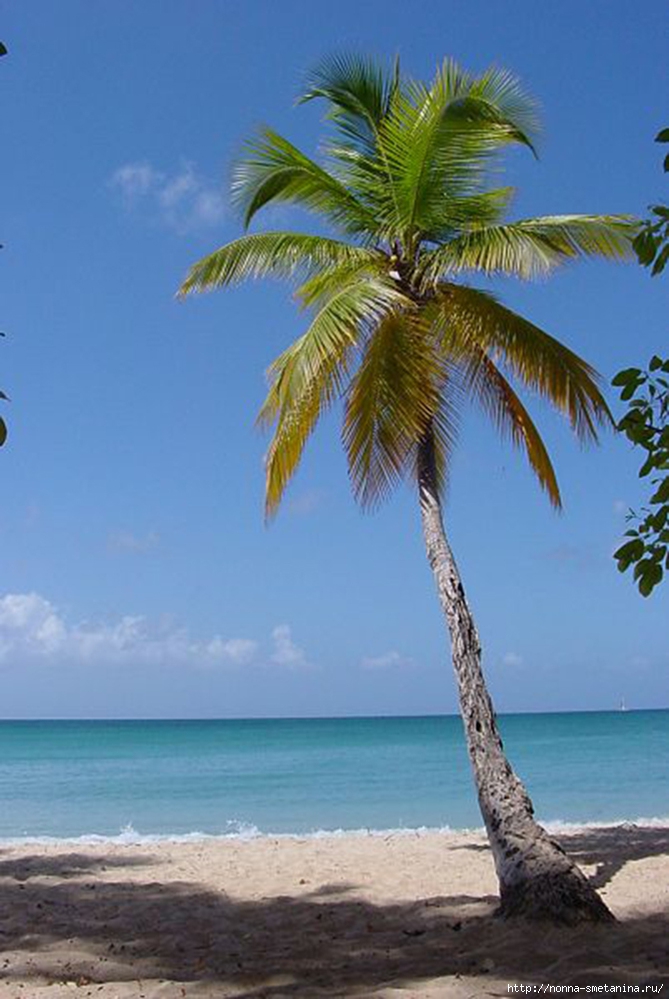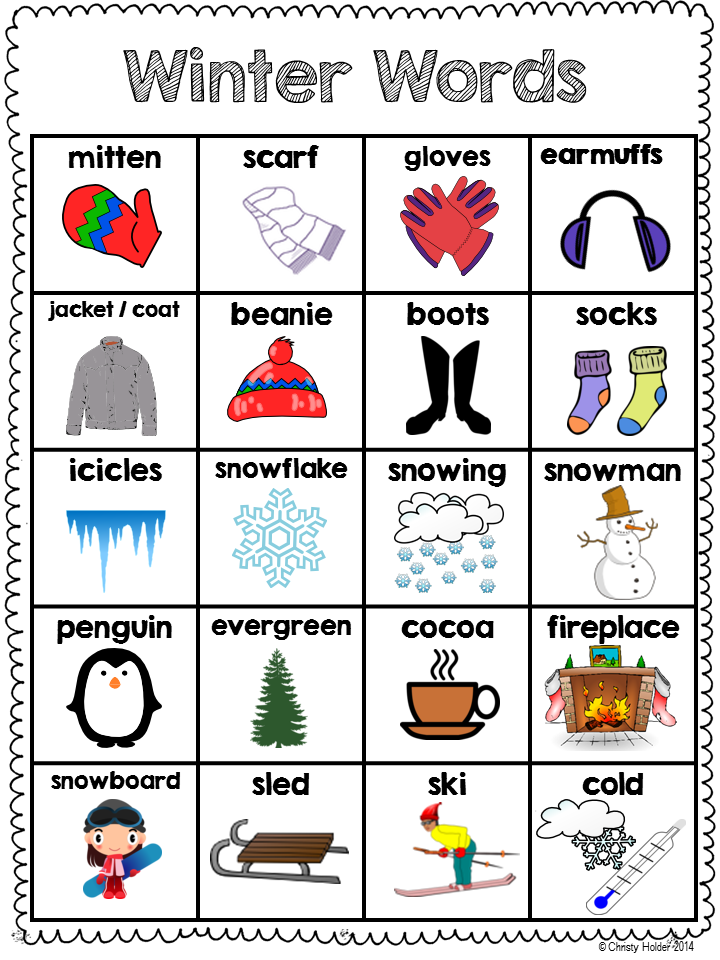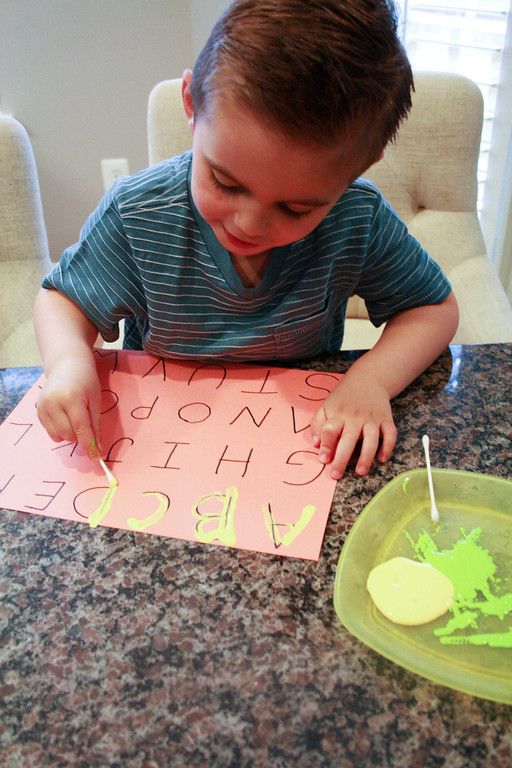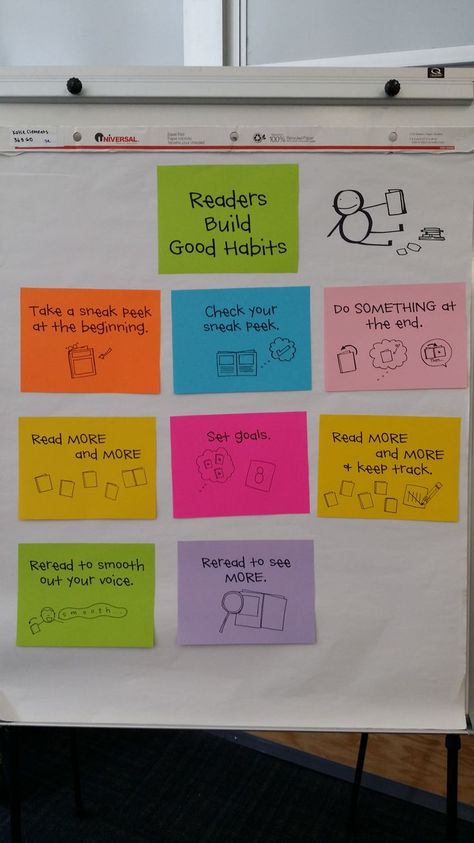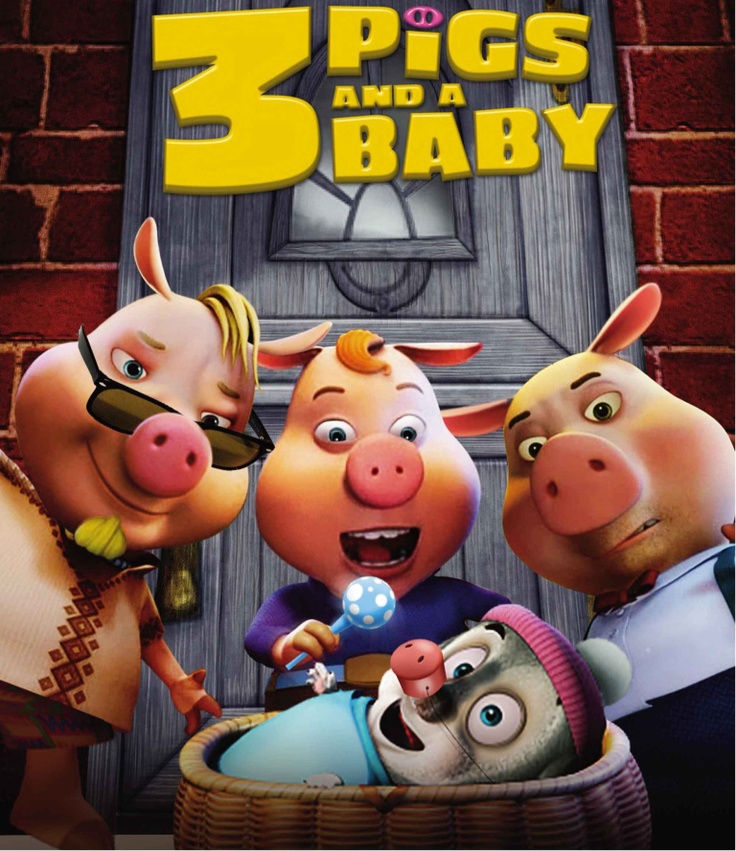The coconut tree story
THE EEL AND THE COCONUT TREE (a folk tale from Kerala )
Change Language:
- HOME
- Stories for kids
- Fables and Fairytales
- School Projects
- Events and Holidays
- Games
- Fun and Jokes
- Hobbies
- Unsolved Mystry
A very long time ago, there was a young girl named Tanaiya. She lived in a small hut by a beautiful lake. Tanaiya loved water and would swim in the lake all day long. "Ah, how lovely!" she would sigh with joy.
One day, while Tanaiya waded into the water, something unusual touched her body. "What was that?" she wondered.
Suddenly, she saw a snake-like creature. But its head was much
larger than that of a snake. Though frightened,Tanaiya went closer
and observed the creature. It was an eel, a kind of fish.
Tanaiya jumped out of the lake and ran towards her hut. The next day when she went for a swim, the eel was swimming around a rock, as if it was waiting for Tanaiya. As soon as the eel saw Tanaiya, it began to swim faster. Tanaiya was surprised. She swam towards the eel and gently touched it. It was smooth and cold. "What a wonderful creature!" she thought to herself and smiled.
From that day on, it became a regular practice. The eel would be waiting for Tanaiya every morning and both of them would swim side by side for hours together.
Tanaiya would gaze at the wonderful patterns on the eel's body, and
before leaving, Tanaiya would gently pat the eel.
One day, after a long swim, when Tanaiya came out of the water and
sat on the bank, the eel also swam out of the lake. "How can a fish
swim out of water....and why?" thought Tanaiya,in wonder.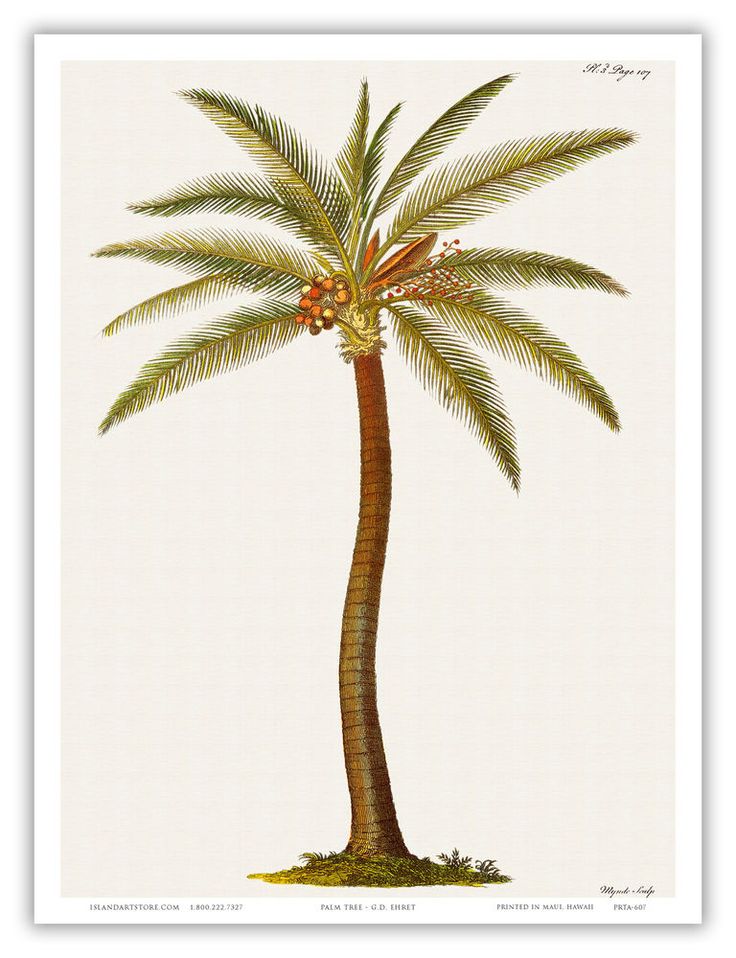
Suddenly, much to her surprise the eel transformed itself into a young man! And he was very handsome. She was wonder-struck and could not utter a word!
The young man spoke," I am Ambu, the God of Eels. I like you very much and would like to remain by your side forever, but the time has come for me to leave you." Hearing this, Tanaiya was perturbed. "What? Are you going away?" "Yes! I have to," replied Ambu, "but before leaving I wish to give you a gift that will always remind you of me. To get that gift you will have to do as I say." Tanaiya agreed.
"Tomorrow I shall come to your hut in the form of eel. You must cut
off my head and burry it nears your hut," saying this Ambu dived
into the lake. A shocked Tanaiya returned home. The next morning,
she saw the eel lying at her doorstep, with its head placed upon the
threshold. Tanaiya stared at it, surprised. "Why is the eel ready to
die?" she wondered.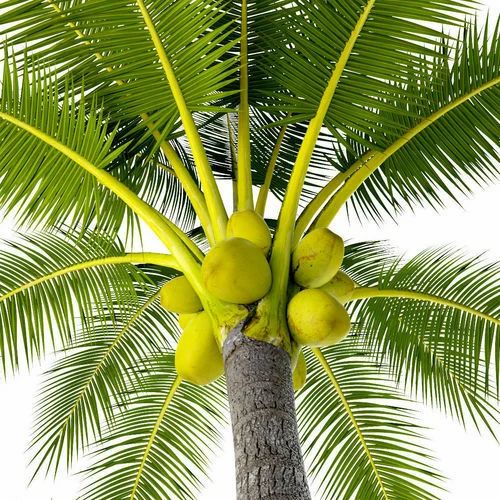 But she had promised to do as the eel said, so
she didn't say anything.
But she had promised to do as the eel said, so
she didn't say anything.
The eel looked at Tanaiya as if trying to say," Do as I said! Please don't hesitate!" Tanaiya gazed at the eel for a while, took a deep breath, raised her axe and hacked off the eel's head. Then she buried it behind her hut. From that day on, Tanaiya became sad and depressed.
Every day, she would sit near the place where she had buried the
eel's head and cry. After few days, she noticed a sapling growing at
the spot. Tanaiya was thrilled! She watered the sapling and nurtured
it every day. Soon, it grew in to a tall and magnificent coconut
tree. It swayed majestically; its long leaves singing the sweetest
melody Tanaiya had ever heard. Its sweet milky water was refreshing
and wonderful to taste. Tanaiya was now very happy; she danced
around the tree. "Indeed, it’s the best gift I could get!" she
thought.
It is therefore believed that the coconut palm, every part of which is useful, is a gift from the God of Eels. They say, when the fibrous shell of the fruit is removed, one can see the face and eyes of an eel on it.
Back to Index Main
Thanksgiving
Christmas
Happy New Year 2023
Benefits of Yoga for Kids
Stories for Kids
School Projects & Homework Help
- Thanksgiving
- Thanksgiving Around The World
- Christmas
- Christmas Around The World
- Happy New Year 2023
- Good Morning Images for WhatsApp
- Moral Stories
- Benefits of Yoga for Kids
- Monthwise Calendar Wallpapers
- Singhasan Battisi
- Horror stories
- Indian Mythology stories
- School Projects
- Diwali
Back to Home | Stories Main | School Projects | Fun & Jokes
Stay Updated! Signup for the KidsGen Newsletter:
Try out the other sections
- Home
- Comics
- Recipes
- Crafts
- Pets
- Fun
- Party Ideas
- Rhymes and Poems
- School Projects
- Fables and Fairytales
- Games
- Stories
- Events and Holidays
- Facts Magic
- Hobbies
- Tell Me Why?
- A-Z of Animals
- Continents
- Moral Stories
- Indian Mythological Stories
- Back to School
- Link to us
The First Coconut Tree | Learning for Justice
TEXT
This story, “The First Coconut Tree: A Tale from the Pacific Island of Micronesia,” is from the book From the Mouth of the Monster Eel by Nancy Bo Flood and was published on September 10, 1996.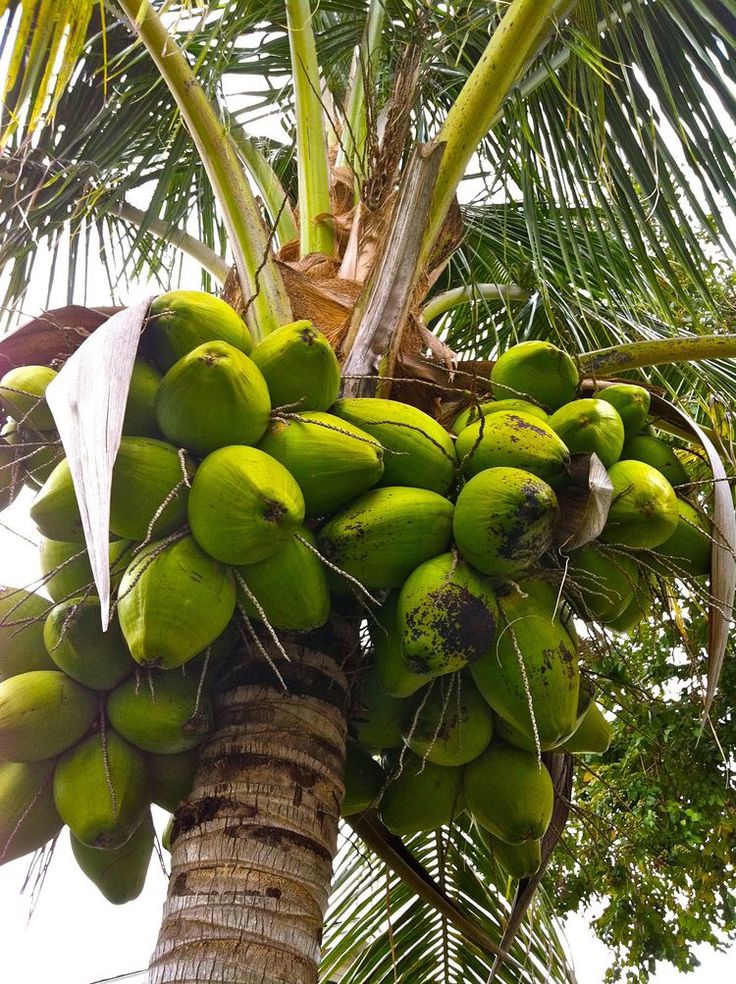
Author
Nancy Bo Flood
Grade Level
3-5
Long ago on the islands in the Pacific Ocean, there were no trees. No one could even imagine what a tree might be. One day, on the tiny atoll of Ailinglaplap, a baby was born. Debolar was mostly a face on a very round, green tummy. He had no arms or legs.
Debolar’s older brother was embarrassed. “Kill it! Kill it,” he shouted to their mother, Limokare.
Limokare was unsure and asked the other women. “Who can explain why this strange child was born to me, malformed, and so ugly? Perhaps it is a spirit-child that will bring harm to all of us.”
As the baby stared up at her, Limokare saw that his eyes were full of cleverness and caring. “I cannot kill you. Sometimes when someone comes into the world unexpected and not understood, they are laughed at instead of valued. Grow, little round one, and let us see what is within you.”
People came from every village to see the strange baby, and the older brother again pleaded, “Before this thing brings evil, act wisely and kill it!”
But Limokare cared for Debolar tenderly.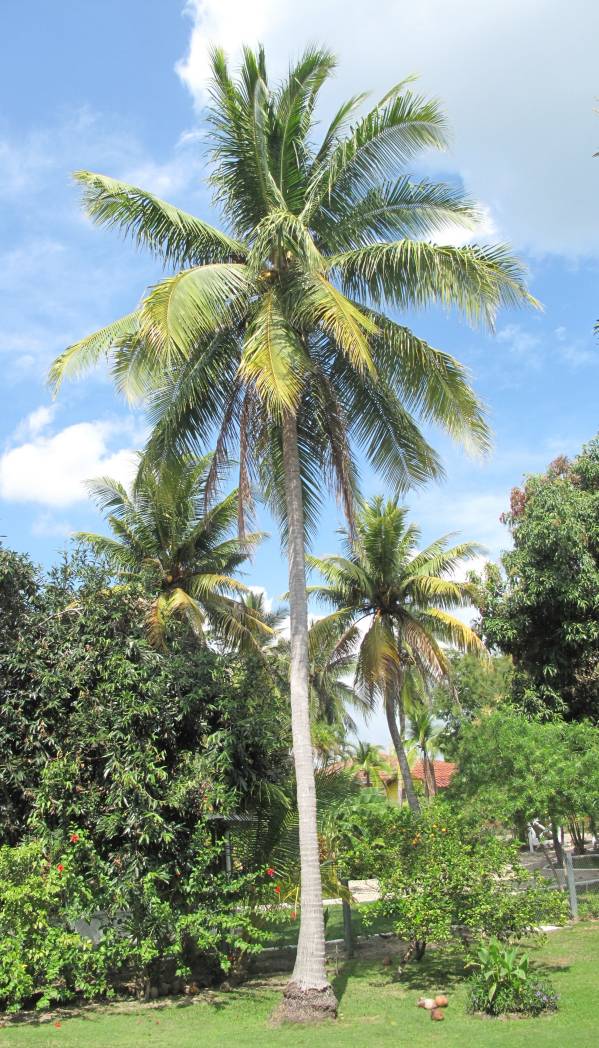 He drank and drank the sweet milk from his mother. But he grew only rounder and browner, always with his middle full of milk.
He drank and drank the sweet milk from his mother. But he grew only rounder and browner, always with his middle full of milk.
One day Debolar said to his mother, “Bury me in the sand.”
“Bury you? But you will die!”
“No, no, mother, I will not die. Bury me in a shady place, and each day bring clear water for me to drink.”
“Bury you alive? How can I do such a thing?”
“So I can live. I have been nourished by your milk and love. Now I must eat and drink of the earth and be warmed by the sun. I will grow and reach toward the clouds until my fingers can dance in the wind. Then every part of me will be useful. From me, our people will have satisfying food, roofs for their huts, strong rope for building boats and soft mats on which to sleep. My middle will always hold milk for the little children.”
Limokare shook her head but did as her son asked. She buried Debolar in the sand and each evening brought him fresh spring water. Every day she looked for some change but, sadly, she saw none.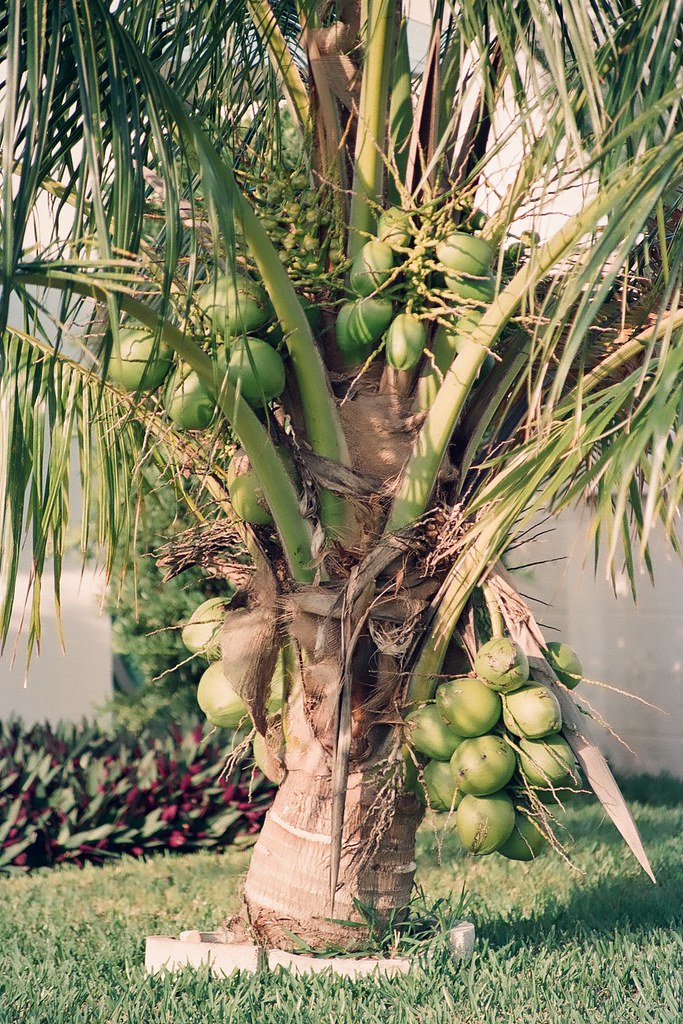
One evening, when she was pouring a gourd of water, she saw a small, green sprout that had pushed through the sand.
“How beautiful. But what are you? Could you really be my child, my Debolar?”
Limokare gave the folded leaf a name, drir-jojo, words meaning sprout (drir) and flying fish (jojo). Each evening, she brought more water. The green shoot grew rapidly toward the clouds.
Many months passed. Debolar grew into a towering tree. His trunk was strong yet supple like the sturdy legs of island children. He sprouted green fronds that reached in all directions. His arms were sometimes quiet, but often they were wild and noisy, swaying and laughing in the sea winds, dancing and chattering to his mother who sat in his cool shade.
Limokare remembered what Debolar had once said. She told the other villagers, “Every part of this coconut palm is useful. New fruit will continue to grow. Some we will plant, and some we will eat. The long fingers of the fronds can be woven into mats, sails and even roofs. The oil in its meat can flavor our food and protect our skin. Honor this tree, this thing that began as an ugly round baby. Take care of him, and he will serve us always.”
The oil in its meat can flavor our food and protect our skin. Honor this tree, this thing that began as an ugly round baby. Take care of him, and he will serve us always.”
And thus the coconut tree, or ni, became essential to the survival of life in the Pacific Islands.
Source
Copyright © Teaching Tolerance.
Text Dependent Questions
-
Question
Why doesn’t Limokare kill Debolar?
Answer
She wants to see what Debolar brings to the world. She says that people who aren’t understood are often laughed at rather than valued, and she does not want to make that mistake.
-
Question
What does Debolar say will happen if his mother buries him alive?
Answer
He says that he will grow tall toward the cloud and every part of him will be used by their people: He will provide food, shelter, ropes for building boats and soft mats for sleeping.
-
Question
What does Debolar turn into?
Answer
He turns into a coconut tree.
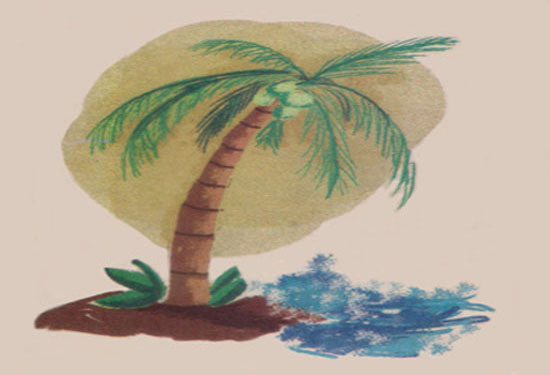
-
Question
In this paragraph, Limokare says, “Honor this tree.” Restate this part of the sentence in your own words.
Answer
Take care of this tree. Respect this tree. Value this tree.
Reveal Answers
Add to a Learning Plan
X
Add to an Existing Learning Plan
START A NEW LEARNING PLAN
Bookmark This PageSave
Everything about coconut: history, benefits, properties, calorie content and much more
The first associations with coconut are exotic countries and the warm sea, and no vitamin deficiency, because there are many paradise fruit!
The inhabitants of the Pacific coast have an interesting custom: when a child is born in the family, they plant a coconut palm.
Nowadays, coconut can be seen even in the smallest supermarket. Do not pass by, because he has many useful properties, it is not in vain that it is used not only in cooking, but also in cosmetology!
The main thing is not to miscalculate!
Coconut is a plant of the palm family.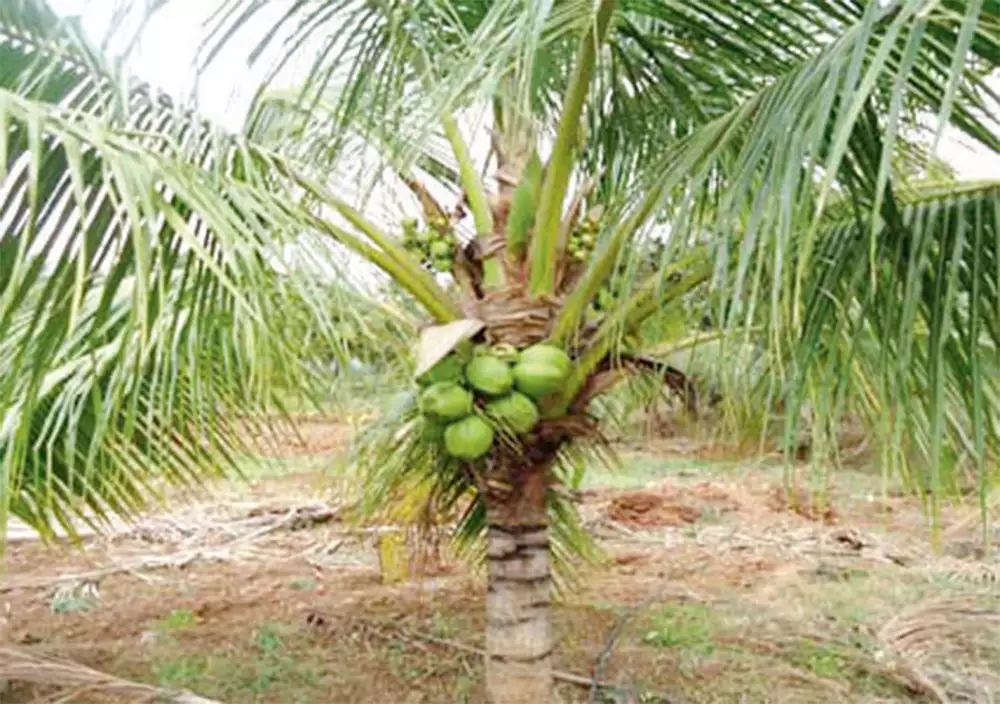 Most often they grow near the coast of the sea or ocean, because in the sandy In the ground, the roots of trees easily germinate deep into. Palm trees appeared independently several thousand years ago in basins of two oceans - the Pacific and the Indian. Very quickly, people learned to grow them, and coconuts became the subject of trade. Now about 20 countries are engaged in the production of coconut fruits, and the Philippines is the leader among them, India, Indonesia.
Most often they grow near the coast of the sea or ocean, because in the sandy In the ground, the roots of trees easily germinate deep into. Palm trees appeared independently several thousand years ago in basins of two oceans - the Pacific and the Indian. Very quickly, people learned to grow them, and coconuts became the subject of trade. Now about 20 countries are engaged in the production of coconut fruits, and the Philippines is the leader among them, India, Indonesia.
The coconut palm lives on average for about 100 years, while producing up to 450 nuts per year.
In shops you can find both whole coconuts and coconut milk in tetra packs. In hot countries, the natives quench they are thirsty, and for many people in the Nordic countries, relaxing by the beach with a coconut with a straw becomes a dream.
When choosing this fruit, one must be very careful. Often, during transportation, coconuts crack, and as a result milk is poured out of them, and the pulp deteriorates. Therefore, there should not be a single crack in the coconut. Also in coconut should splashing milk, very often you can even hear it. And do not worry that the milk can go bad: if the coconut will be whole, then this will not happen.
Therefore, there should not be a single crack in the coconut. Also in coconut should splashing milk, very often you can even hear it. And do not worry that the milk can go bad: if the coconut will be whole, then this will not happen.
Sim-sim, open up!
There are three small holes on top of each coconut. To get to coconut milk, you need to pierce that the depression closest to the top of the nut. One coconut makes an average of two-thirds of a glass milk.
But to enjoy the pulp, you need a hammer! The weakest point of a nut is one-third away from the holes to the other end. That's where you need to hit with a hammer! After several blows, a crack will appear in the coconut, in which it will be enough to insert a knife and split the fruit to the end.
Figaro here, Figaro there
Coconut is used in cooking, cosmetology and medicine. Refreshing drinks are made from coconut milk, added to various cocktails. Coconut pulp can be found in several types. So, in stores, except for whole fruits, they sell canned coconut and coconut flakes, which are actively used for baking, desserts, etc. And some even add it to the breading for meat or fish, salads and soups. It gives the dishes a sophisticated look and light sweet aftertaste.
So, in stores, except for whole fruits, they sell canned coconut and coconut flakes, which are actively used for baking, desserts, etc. And some even add it to the breading for meat or fish, salads and soups. It gives the dishes a sophisticated look and light sweet aftertaste.
100 g of coconut contains:Energy value - 354 kcal
- Proteins - 3.3 g
- Fats - 33 g
- Carbohydrates - 15 g
- Dietary fiber - 9 g
Coconut pulp contains potassium, which normalizes the rhythm of the heart, calcium and phosphorus, which maintains healthy bones and teeth. condition, vitamins E and C, which improve the overall state of immunity.
Coconut water is obtained from young coconuts (5-7 months). It has an antipyretic effect and promotes lowering blood pressure and cholesterol levels. Coconut milk, ripening a little over a year, has a positive effect on work cardiovascular system, helps to restore energy and strength after physical and mental stress.
Coconut oil is also obtained, which is very popular in cosmetology. Experts say that coconut oil It is quickly absorbed by the skin and helps to smooth fine wrinkles and improve complexion. coconut it is also useful to add oil to food, because. it is rich in rare medium chain fatty acids. They possess antibacterial and anticarcinogenic effects, and also support the immune system.
People have learned to use even the fibers found on the coconut shell. They are called coira, and they make ropes, ropes, carpets, brushes. A hard shell of a nut is used for various crafts - buttons, toys, souvenirs, dishes, musical instruments.
COCONUT PALMA • Great Russian Encyclopedia
Authors: G. P. Yakovlev
Photo by A. I. Nagaev Grove of coconut palms.
Fruit of the coconut palm. Photo by A. I. Nagaev
COCONUT PALMA (Cocos nucifera), plant of the fam. palm trees; the only species of the genus coconut.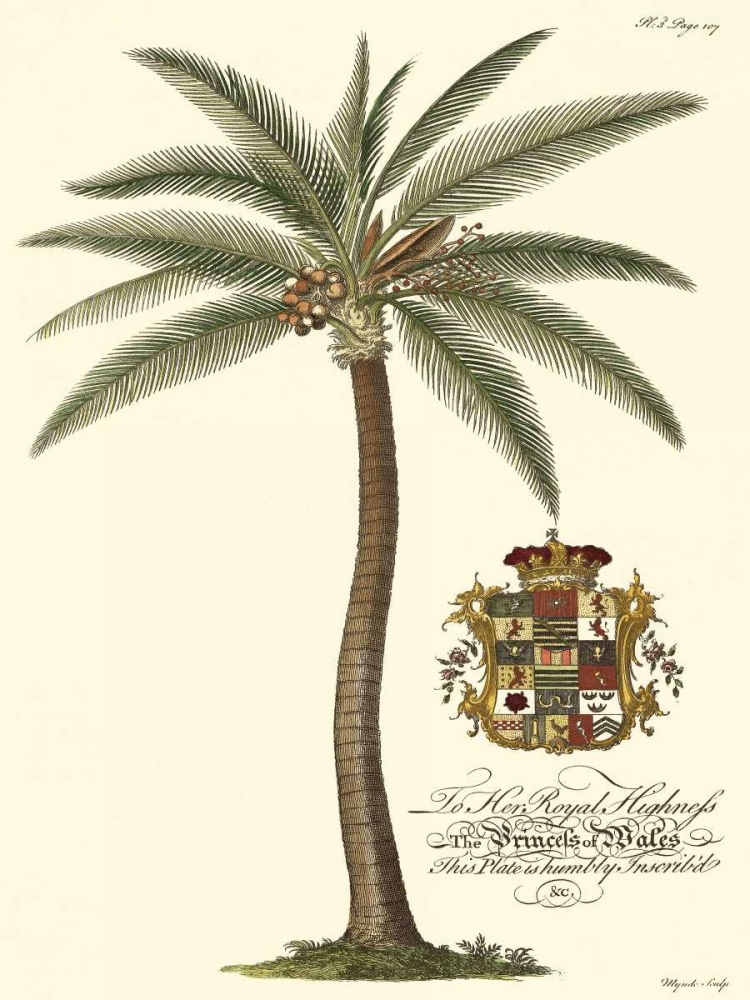 In the wild, K. p. is apparently unknown, the alleged homeland is the Sunda Islands and Polynesia. Cultivated and naturalized in the tropics. Its resettlement is associated either with human activity or with the spread of the fruits of pestilence. currents. Numerous K. p. varieties are divided into 2 groups: tall and dwarf. The height of tall K. p. is up to 20–40 m with a trunk diameter at the base of up to 80 cm. The leaves are pinnate, sometimes reaching 6 m in length and almost 1 m in width. Each year, 1 leaf is formed and dies, so the age of the plant can be approximately determined by the number of leaf scars. Flowers, as a rule, are dioecious (male and female), collected in paniculate inflorescences, developing in leaf axils and reaching a length of 2 m; cross-pollination, rarely self-pollination. Fruits (the so-called coconuts) are one-seeded drupes, often of a pale greenish color; mature 30–40 cm long, 25–30 cm wide, weighing 1.5–2.5 kg. Their shell is three-layered. Under the outer leathery layer (exocarp) is located cf.
In the wild, K. p. is apparently unknown, the alleged homeland is the Sunda Islands and Polynesia. Cultivated and naturalized in the tropics. Its resettlement is associated either with human activity or with the spread of the fruits of pestilence. currents. Numerous K. p. varieties are divided into 2 groups: tall and dwarf. The height of tall K. p. is up to 20–40 m with a trunk diameter at the base of up to 80 cm. The leaves are pinnate, sometimes reaching 6 m in length and almost 1 m in width. Each year, 1 leaf is formed and dies, so the age of the plant can be approximately determined by the number of leaf scars. Flowers, as a rule, are dioecious (male and female), collected in paniculate inflorescences, developing in leaf axils and reaching a length of 2 m; cross-pollination, rarely self-pollination. Fruits (the so-called coconuts) are one-seeded drupes, often of a pale greenish color; mature 30–40 cm long, 25–30 cm wide, weighing 1.5–2.5 kg. Their shell is three-layered. Under the outer leathery layer (exocarp) is located cf.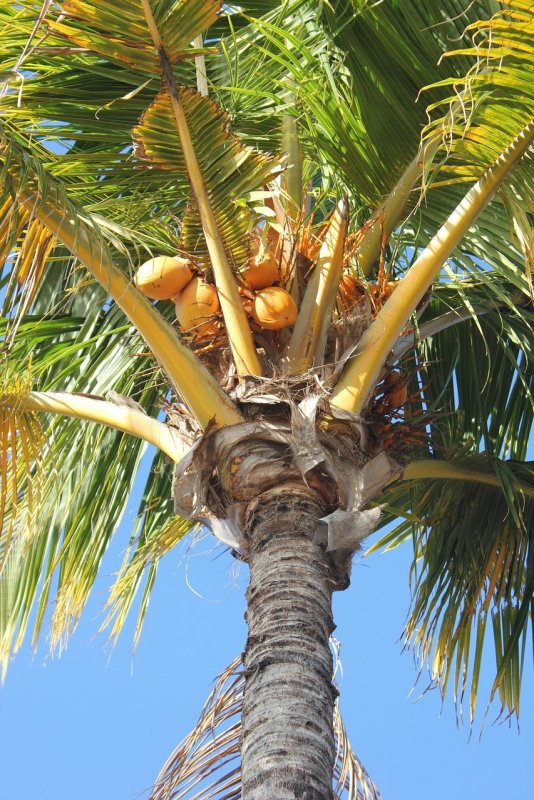 a fibrous layer (mesocarp) that provides buoyancy to the fetus. The most internal layer (endocarp) ca. 0.5 cm thick - hard horn-shaped, often used by local residents for the manufacture of various products. crafts. A large seed consists of an embryo and an endosperm. In immature seeds, the endosperm is liquid (so-called coconut milk), used as a refreshing drink, and also in some biotechnological products. productions. Later, it completely or partially hardens, forming copra, from which a fatty oil is obtained by extraction or pressing, which is used in cosmetics and the food industry. The cake left after squeezing the copra serves as livestock feed. Wood is used to build dwellings, make furniture, as fuel, leaves - to cover roofs, weave baskets, hats, fans, etc. The fibrous shell of the fruit (coir) gives a strong fiber that goes to the manufacture of ropes, sea. ropes, fishing nets, mats, etc. From the juice flowing out when the top of the K.p. is cut, a light wine is obtained, called “toddy” in Europe.
a fibrous layer (mesocarp) that provides buoyancy to the fetus. The most internal layer (endocarp) ca. 0.5 cm thick - hard horn-shaped, often used by local residents for the manufacture of various products. crafts. A large seed consists of an embryo and an endosperm. In immature seeds, the endosperm is liquid (so-called coconut milk), used as a refreshing drink, and also in some biotechnological products. productions. Later, it completely or partially hardens, forming copra, from which a fatty oil is obtained by extraction or pressing, which is used in cosmetics and the food industry. The cake left after squeezing the copra serves as livestock feed. Wood is used to build dwellings, make furniture, as fuel, leaves - to cover roofs, weave baskets, hats, fans, etc. The fibrous shell of the fruit (coir) gives a strong fiber that goes to the manufacture of ropes, sea. ropes, fishing nets, mats, etc. From the juice flowing out when the top of the K.p. is cut, a light wine is obtained, called “toddy” in Europe.